‘Solid Air‘ - David Begbie Solo Exhibition 2015
2015 Filed in: Exhibitions | Europe
16 Oct - 16 Nov 2015
Vecchiato Arte, Padova, Italy
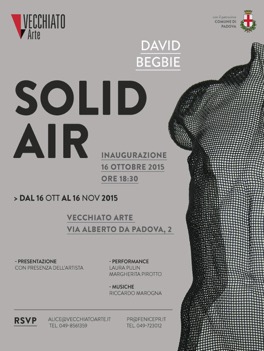 Watch a 1-minute video of the opening event with contemporaneous dance: Dance and Music Improvisation by Margherita Pirotto and Riccardo Marogna, tenor saxophone and live electronics. Coordination by Laura Pulin in collaboration with SPAZIODANZA, Padova.
Watch a 1-minute video of the opening event with contemporaneous dance: Dance and Music Improvisation by Margherita Pirotto and Riccardo Marogna, tenor saxophone and live electronics. Coordination by Laura Pulin in collaboration with SPAZIODANZA, Padova.
Open Exhibition Catalogue: Please send your enquiries to Vecchiato Arte
“David Begbie: l'immaterialità dell'essere” “The Immateriality of Being”
Critique by Massimiliano Sabbion in Italiano / in English
Download Press Release
All images:
Vecchiato Arte, Padova, Italy

Open Exhibition Catalogue: Please send your enquiries to Vecchiato Arte
“David Begbie: l'immaterialità dell'essere” “The Immateriality of Being”
Critique by Massimiliano Sabbion in Italiano / in English
Download Press Release
All images:
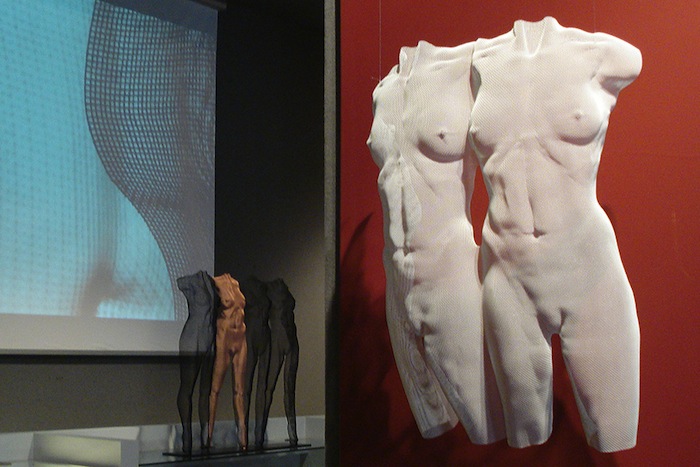
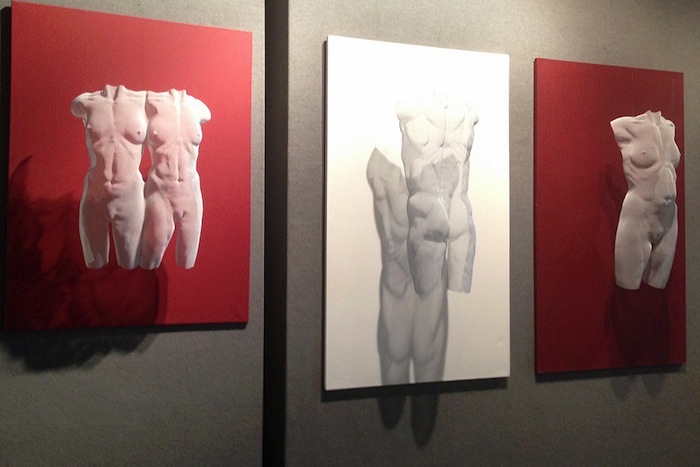

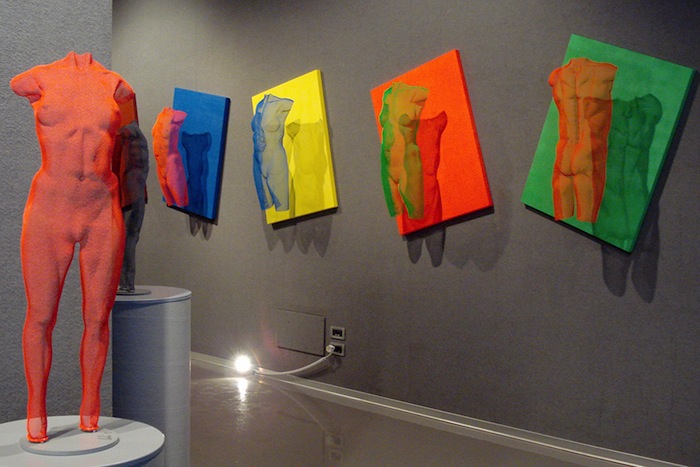
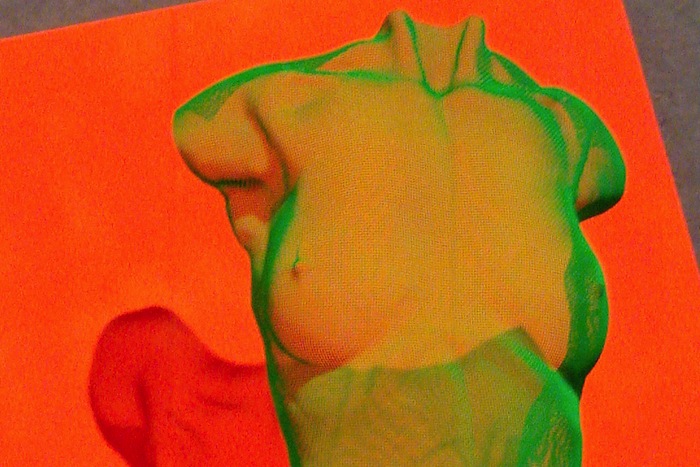

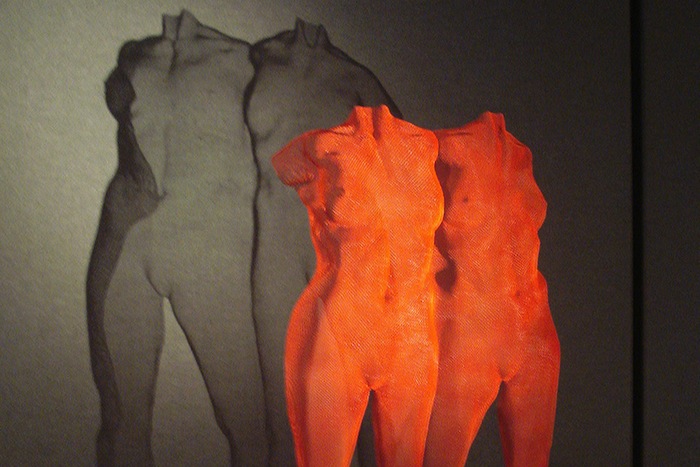
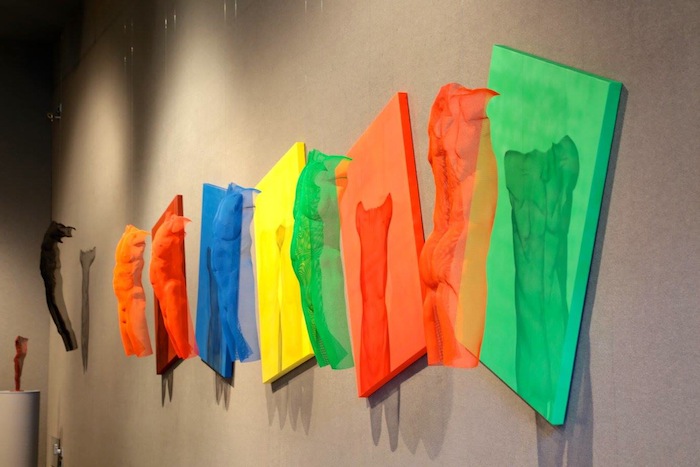
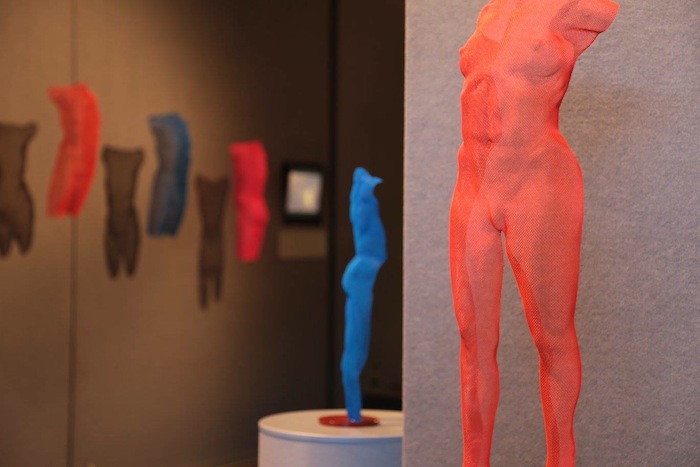


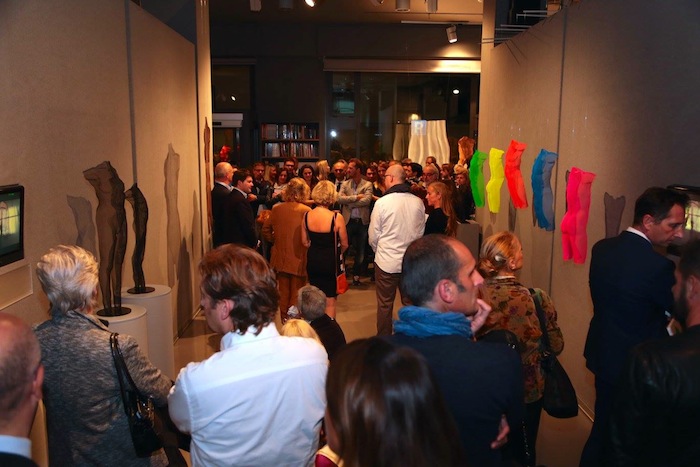



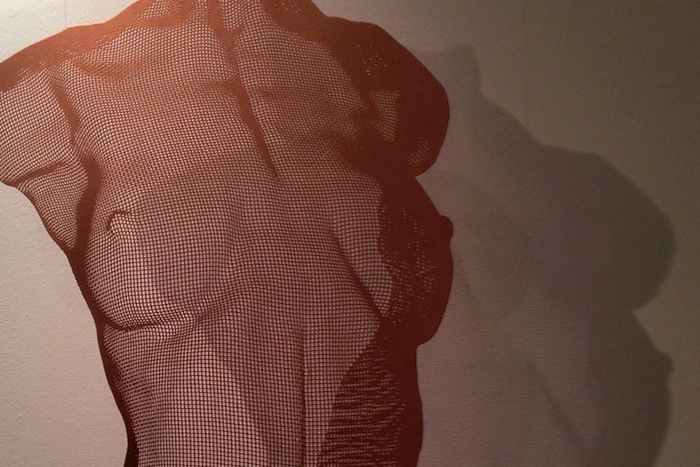
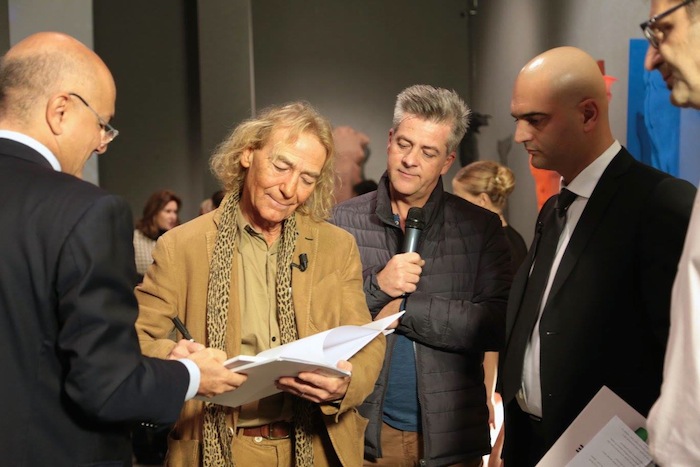
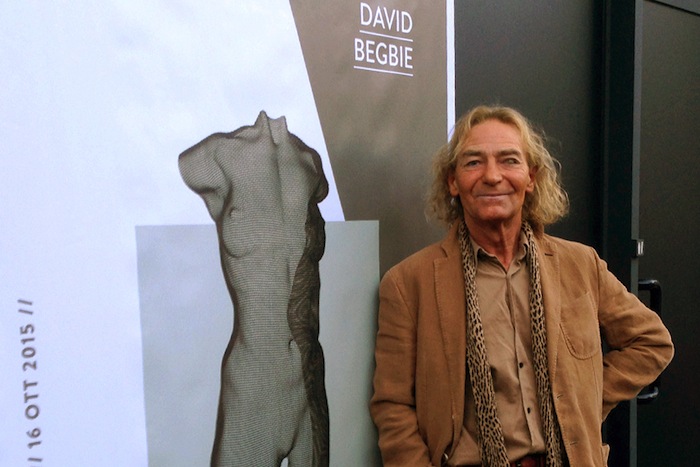
Press Release:
David Begbie has worked almost exclusively with the human form throughout his career and ‘Solid Air‘ is the latest solo exhibition world-wide since his very first pioneering and cutting-edge solo show in London in 1984. Since that exhibition a whole new genre of steelmesh art has evolved and continues to grow.
Primarily sculpting in steelmesh his world-renowned figurative sculpture is powerful, erotic, tactile and intimate. The translucent medium interacts with light to create a dynamism and sense of movement, which integrates with their environment. The catalytic effect a Begbie sculpture has, in any setting, given that it has no palpable substance or surface, is phenomenal. Each work is an entity, which has a far greater physical presence than any solid object could possibly have because it has the power to suggest that it doesn’t exist.
Completely Different Sculpture!
David Begbie‘s latest sculpture is figurative in a completely different sense. ‘CIRCUM‘, a new format circular composition, as well as ‘ARIOS‘ and ‘CIRRII‘, realise an ‘optical thread‘ between the representational and abstract aesthetic and demonstrate that this quality has existed in ‘Begbie sculpture‘ since the very beginning.
These recent sculptures focus on the dynamic optical qualities of the actual medium itself and its interaction with specific or ambient light in suspended space. On looking further you discover the properties of the medium. The white-painted mesh as a material is distinctly reminiscent of translucent canvas and its modelling creates a liveliness and sense of movement that is further enhanced by the use of projected shadow combined with strategic lighting across the undulating relief surface of the sculpture. The white sculptures represent a simple reversal from black - a sculpturally optical and graphic rendition - to white - a sculpturally tactile rendition of surface and form.
‘ARIOS‘ and ‘CIRRII‘
These two new series were commissioned for interior spaces of two separate buildings in central London at Trafalgar Square and Monument in 2015 and these artworks have inspired the title for this solo exhibition ‘Solid Air‘. Smaller versions of these sculptures are included in the exhibition. Ostensibly these are sculptural representations of water vapour or clouds. Cloud forms can look solid to us when we see them from below or above. Artists have sought to capture their fascinating transient beauty in painting and photography but is rare to find as a subject for sculpture. British artist Antony Gormley first tried it out with his steel construction ‘The Quantum Cloud‘, a 3D steel messy-like construction at London's Millennium Dome (O2 Arena) in 1999 and then later again in 2007 with ‘Cloud Chamber‘ at the Haywood Gallery, London where he created ‘a real cloud‘ in a glass box which people were able to walk through. Spanish artist Jaume Plensa's ‘Nuage Series‘ 2012 of floating cloud form and figure are another example and of course so are Andy Warhol's ‘Silver Clouds‘ 1966.
Begbie's new cloud forms are analogous to their subject but in essence are very close to the real thing as the medium is most suited to the concept - mostly thin air and constantly changing as the viewer moves position. Mysterious and etherial but visually dominant in empty space these sculptures are abstract but with the power to suggest or imply a figurative content. These simple but striking shapes are powerful as images but gentle in their physical presence and immediate environment.
These majestic ‘ectoplastic‘ forms offer a new horizon to David Begbie's sculpture.
A Different Colour … the Fluorescents
Colour shock - provocative and shocking new colours move the visual emphasis of David Begbie's sculpture from graphic linear description of body and form to timbre, character and identity achieved through the use of colour and pigment where each one is unique. The new fluorescents demonstrate that these sculptures are as much about light as they are about sculptural form and graphic rendition. Using a pure bronze mesh as a surface for his palette of high-saturation colour, the translucent medium becomes even more volatile and optically unstable - monochrome becomes ‘Colour Field‘ and impossible to identify as a specific colour. Light reflected back through the transparent sculpture using different coloured painted backdrop canvases dissolves and mixes the surface colour of the figure into shimmering new colours and colour washes, perpetually changing, as the eye explores the artwork.
Sculpted Emblems … in another Different Sense
Begbie's series of flag sculptures such as ‘UNTIED KINGDOM‘, ‘ENGLAND‘, and most recently ‘ITALIA‘ venture towards abstraction, whereby the shadow projection is purely abstract but ultimately these remain recognisable as a subject and are spectacularly new and different in the sense that the mesh is brightly coloured and painted like a canvas.

